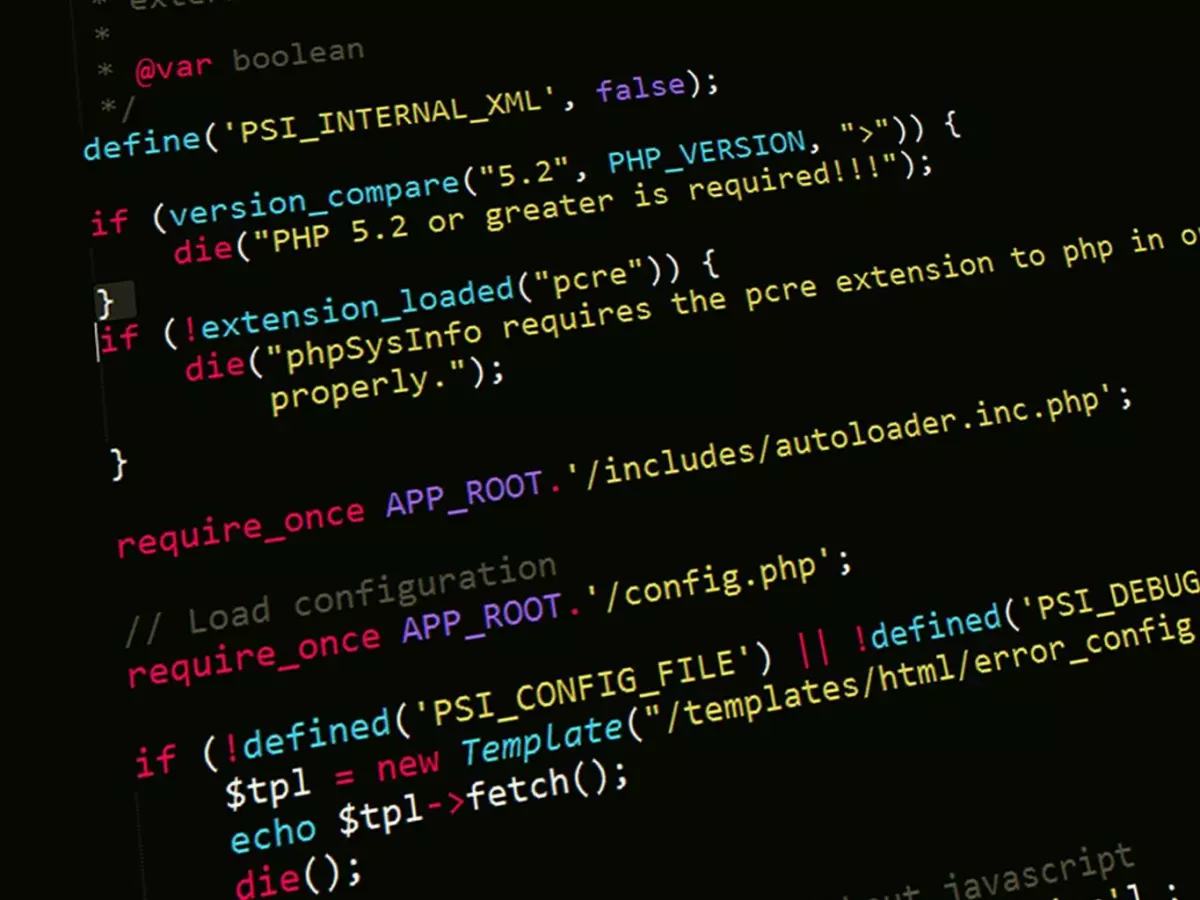Architectural Foundations
Imagine building a house without a blueprint—chaos, right? The same goes for software. Without a solid architecture, your code is a ticking time bomb, waiting to explode under the weight of complexity.

By Elena Petrova
Picture this: You’re working on a project that’s grown from a tiny prototype into a full-fledged system. At first, everything was smooth, but now, every new feature feels like adding another brick to a crumbling wall. That’s what happens when software architecture is an afterthought. It’s not just about writing code; it’s about creating a structure that can stand the test of time.
Software architecture is the backbone of any application. It’s the high-level blueprint that defines how different components of a system interact with each other. Without a solid foundation, even the most well-written code can become a nightmare to maintain. So, let’s dive into the seven essential principles of software architecture that every developer should know.
1. Separation of Concerns
Think of this as the “divide and conquer” strategy. The idea is to break down your system into distinct sections, each responsible for a specific aspect of the application. This makes your code easier to maintain and troubleshoot. When each part of your system has a clear responsibility, you avoid the dreaded spaghetti code.
2. Single Responsibility Principle (SRP)
This principle is a close cousin to the separation of concerns. SRP states that each module or class should have one, and only one, reason to change. In other words, don’t overload your classes with multiple responsibilities. Keep them focused, and your system will be easier to maintain and extend.
3. Modularity
Modularity is like building with LEGO blocks. Each piece is independent but can be combined to form a larger structure. By designing your software in modules, you make it easier to swap out parts without breaking the entire system. This is crucial for scalability and future-proofing your application.
4. Scalability
Speaking of scalability, this principle is all about ensuring your system can handle growth. Whether it’s more users, more data, or more features, your architecture should be designed to scale without requiring a complete overhaul. Think ahead and plan for the future.
5. Loose Coupling
Loose coupling is the art of making sure your components are as independent as possible. When components are tightly coupled, a change in one part of the system can cause a ripple effect, breaking other parts. Loose coupling allows for flexibility and easier maintenance.
6. High Cohesion
Cohesion refers to how closely related and focused the responsibilities of a single module are. High cohesion means that a module does one thing and does it well. This makes your system more understandable and easier to maintain.
7. Reusability
Why reinvent the wheel? Reusability is all about designing components that can be used in multiple parts of your system—or even in different projects altogether. This not only saves time but also ensures consistency across your codebase.
In the grand scheme of things, software architecture is like the foundation of a skyscraper. You can’t see it, but without it, the whole structure would collapse. By following these seven principles, you’ll ensure that your software is built to last, scalable, and maintainable.
Remember, the concept of architecture isn’t new. Even in ancient Rome, architects followed strict principles to ensure their buildings could stand the test of time. The same applies to your software. Build it right, and it’ll last for generations (or at least until the next major update).





